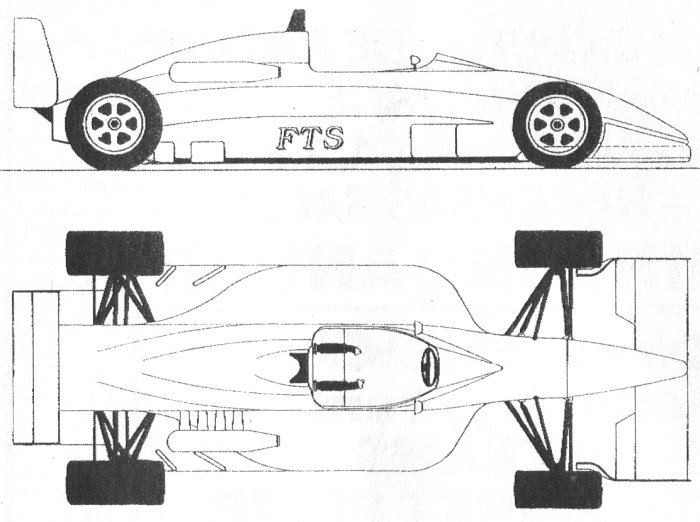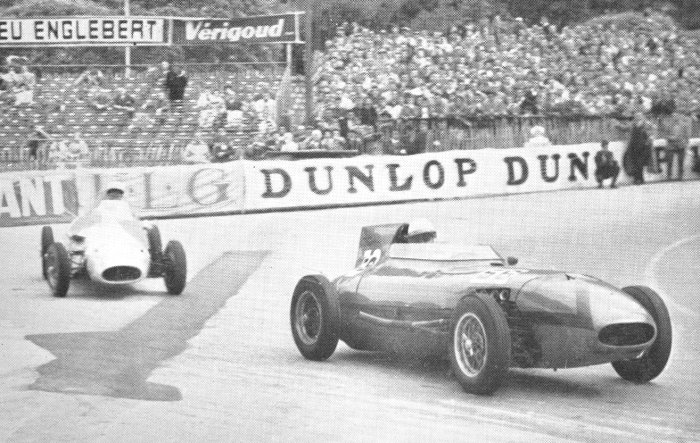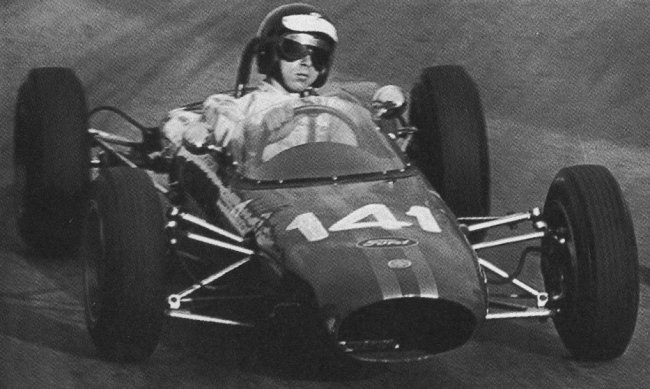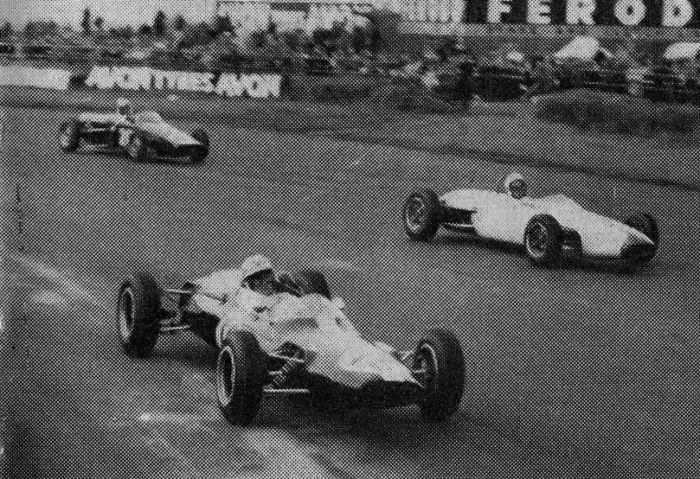Fts
Enzo Coloni had been a successful F3 driver himself in the early eighties winning the Italian Championship and he formed his own team Coloni Motorsport to run his car. After his retirement he continued to run other drivers winning the European Championship in 1984 with Ivan Capelli. In 1987 he entered F1, for three years he struggled to even qualify his cars for races as a lack of finance saw the team unable to progress. After these problems Coloni retired back to the more junior formula where the company is still active, they recently built the cars for the successful Spanish Nissan Open Championship.
1992
The F.T.S. 392 was so called due to sponsorship from an Argentinean bank called F.T.S. The car was designed in conjunction with the University of Perugia and entered in the Italian championship for Enzo’s son Paolo. Results for the Alfa-Romeo car seem to have been undistinguished with just a 6th at Magione in addition it just failed to qualify for the Monaco GP support race.
1993
Franco Fraquelli has very kindly told us the story of the F.T.S. in 1993:
“In 1993 I was owner and Team Principal of a F.3 team, called APEX TEAM RACING Srl, and we participated in the Italian F.3 Championship with two F.T.S. 393 – Mugens (ex-Coloni Team) with two drivers, PAOLO DE CRISTOFORO and CESARE MANFREDINI. The car of DE CRISTOFORO was of white colour, with a little part of the cockpit pink coloured, whilst the car of MANFREDINI, instead, was red and orange coloured.
It was a very difficult season because F.T.S. chassis was absolutely not competitive against the DALLARA 393, and in the F.3 Championship we collect a few points only. Nevertheless we had a great satisfaction at the G.P. MONACO F.3
We participated in the MONACO F.3 with one car only, with NICOLA BERTOLUCCI as the driver. The car was the red-orange one (the one usually used by Cesare Manfredini) Against all odds we qualified for the race. Unfortunately our driver BERTOLUCCI had a crash on the first lap and our adventure in Monaco soon finished….
In 1994 my team changed name (it became the E.F. PROJECT TEAM) and we changed chassis also, moving to DALLARA. In 1995 E.F. PROJECT won the Italian F.3 Championship with LUCA RANGONI as driver, with the DALLARA 395-FIAT NOVAMOTOR. In 1994 a young driver, DAVIDE AMADUZZI, disputed some races in F.3 Italian Championship with our-ex F.T.S. 393, in a private way, with a small personal team, without any good results.
The adventure of F.T.S. in F.3 ended in 1994…”
All pictures courtesy of Franco Fraquelli.
Drivers
1992
Paolo Coloni.
1993
Nicola Bertolucci, Paolo de Cristoforo, Cesare Manfredini.
1994
Davide Amaduzzi.























